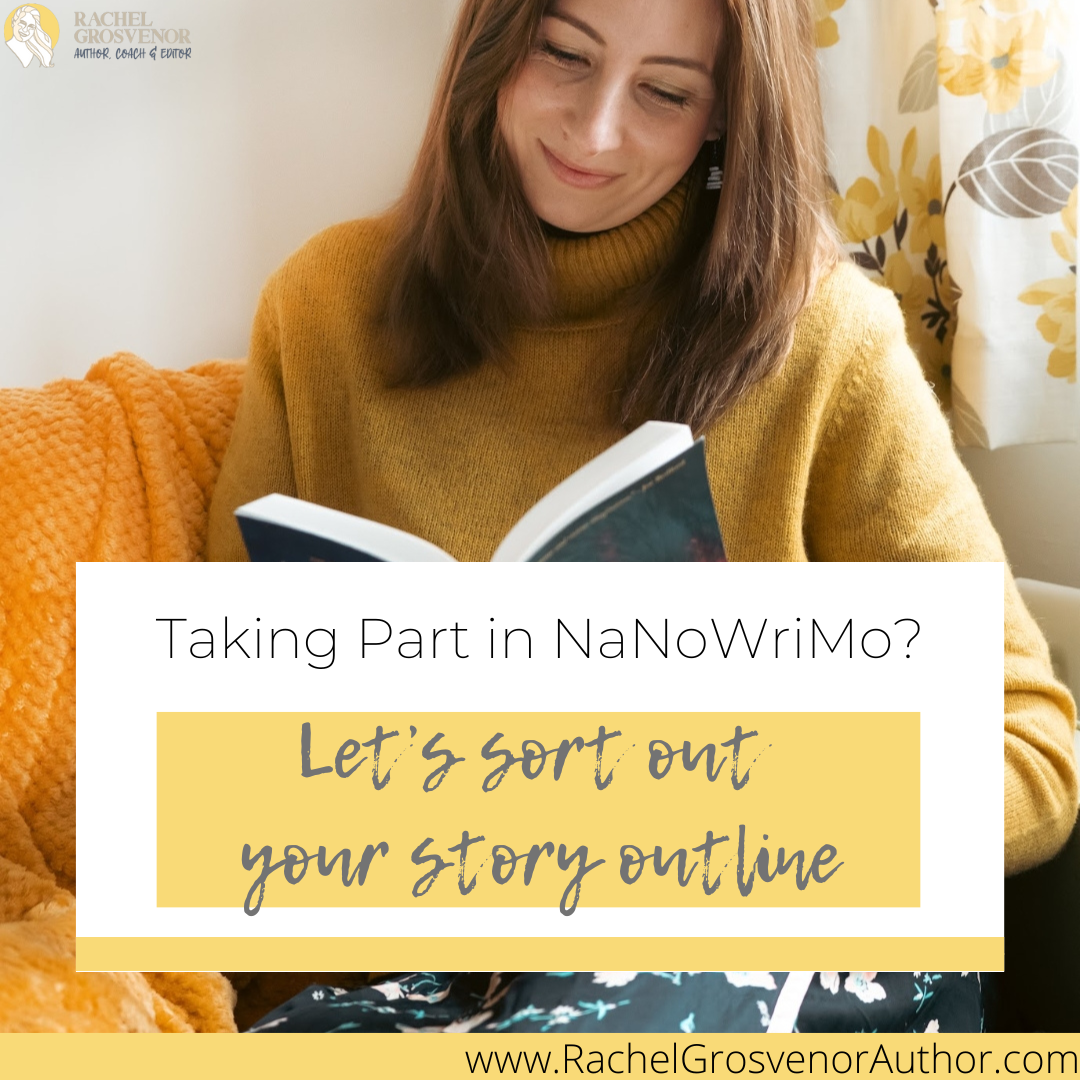Hey writer, I see you. You have a dream, and it’s to write a novel. Well, everyone has a story inside them, people tell you. That’s true, of course. What they don’t tell you, though, is that novels come from more than ideas. They come from effort. There are some scary statistics out there when it comes to writing, such as out of those who actually start writing, only 3% finish their manuscript. If you dream of having a book on your bookshelf with your name on it, read on. The idea is just the start, but I genuinely believe that with some help, you can be the writer you want to be.
1: Build a community.
This is number one because it’s the most encouraging. Peer review is one of the most powerful tools a writer can have, and nothing will drive you to sit in front of that empty page day after day like a community of writers supporting you. You can find them in all sorts of places, but if you want to join a great one today, consider Instagram or Twitter. There are ready-made writing communities sharing their processes, tips, and time. One of my favourite things to come from a writing community is writing sprints – the act of sitting together online and writing for a designated amount of time. Remember – you are not expected to do this alone, and writing a novel doesn’t have to be a lonely experience. There are people out there in the same stage of writing as you, just waiting to say hello and hear more about your work. Another great way to build your community is to take a creative writing class. There may be some in your area, so take a look!
If you haven’t found your community yet, check out The Fiction Fellowship. Run by myself and Isobelle (Inspired Creative Co.), we’re a friendly bunch of writers from across the globe who meet on Zoom to write, chat, and teach. We have pre-recorded classes, workbooks, and more.
2: Hire a writing coach.
As both a writing coach and someone who hires a writing coach, I know how incredible this step can be. A writing coach (also known as a book coach) is like a personal trainer for your writing life. They can be whatever you need them to be! I act as a chapter editor, accountability partner, teacher, mindset coach, and more. I have helped writers start their novels, finish them, push through the murky middle, and find agents. In turn, my writing coach has helped me with my mindset, plotting, and figuring out what kind of writer I want to be. There is something incredible about someone holding the space for you to talk about your craft – it’s life-changing.
If you want to know more about how I can help you in 2024, click here. Specialised support for your writing life will take you from idea to print.
3: Embrace your time.
Your time is precious, and you are busy, and sometimes, that means that writing a novel gets pushed to the bottom of your list of priorities. It’s easy to do, but it also means that days, weeks, and sometimes months can pass without writing or progressing on your dream. I’ve worked with many writers on finding the time to write and even created a workbook on exactly that, and here’s my main tip: look at your week. Break down where you spend your time. Find an hour throughout the week to write, whether in one go or several sessions. You would be amazed at what can happen when you set your timer for ten minutes and focus on just that. And remember, ten minutes a day is sixty hours a year. That’s a significant amount of time to dedicate to your dream, and those minutes make a real difference.
If this is what you need to work on, click here. My Ultimate Writer’s Planning Workbook will help you find a way forward.
4: Read.
There’s a saying that I subscribe to: You can’t be a good writer if you’re not a good reader. Reading doesn’t just teach you about grammar, it gives you an understanding of genre, tropes, what you like, and how you want to write. Reading is one of the most valuable things you can do in your spare time as a writer, so head to the library and invest some real time in it. Your writing will improve because of that effort.
Looking for books on writing? I’ve got you – click here.
5: Find your process.
Stephen King says that you should write every day, and some people follow this advice to the letter. However, just because it works for some writers, it doesn’t mean it will and should work for you. Your process is allowed to be different from every writer you know, and you do not have to subscribe to something you have seen from another author. Discover your own process by writing at various points in the day, and paying attention to when you are at your most productive. Focus on what drives you to write, and what your motivators are. For example, rewards really work for me, so I’ll set myself a task of writing for ten minutes, with a cup of tea and a chapter of my favourite book at the end. Rewards don’t have to be fancy or expensive, they can be as simple as quiet time. Set boundaries with your family, and tell them how important your craft is to you and when you are working on it. Celebrate with them too, so they see what you’re doing and how they can be involved. If you care about writing, give it the time it deserves. You can absolutely become one of that 3% who finish their manuscripts.
Read about my personal process here, in this article I wrote for www.booksbywomen.org.
Remember, writer; you’ve got this. Your story deserves to be told, and your readers are waiting.







